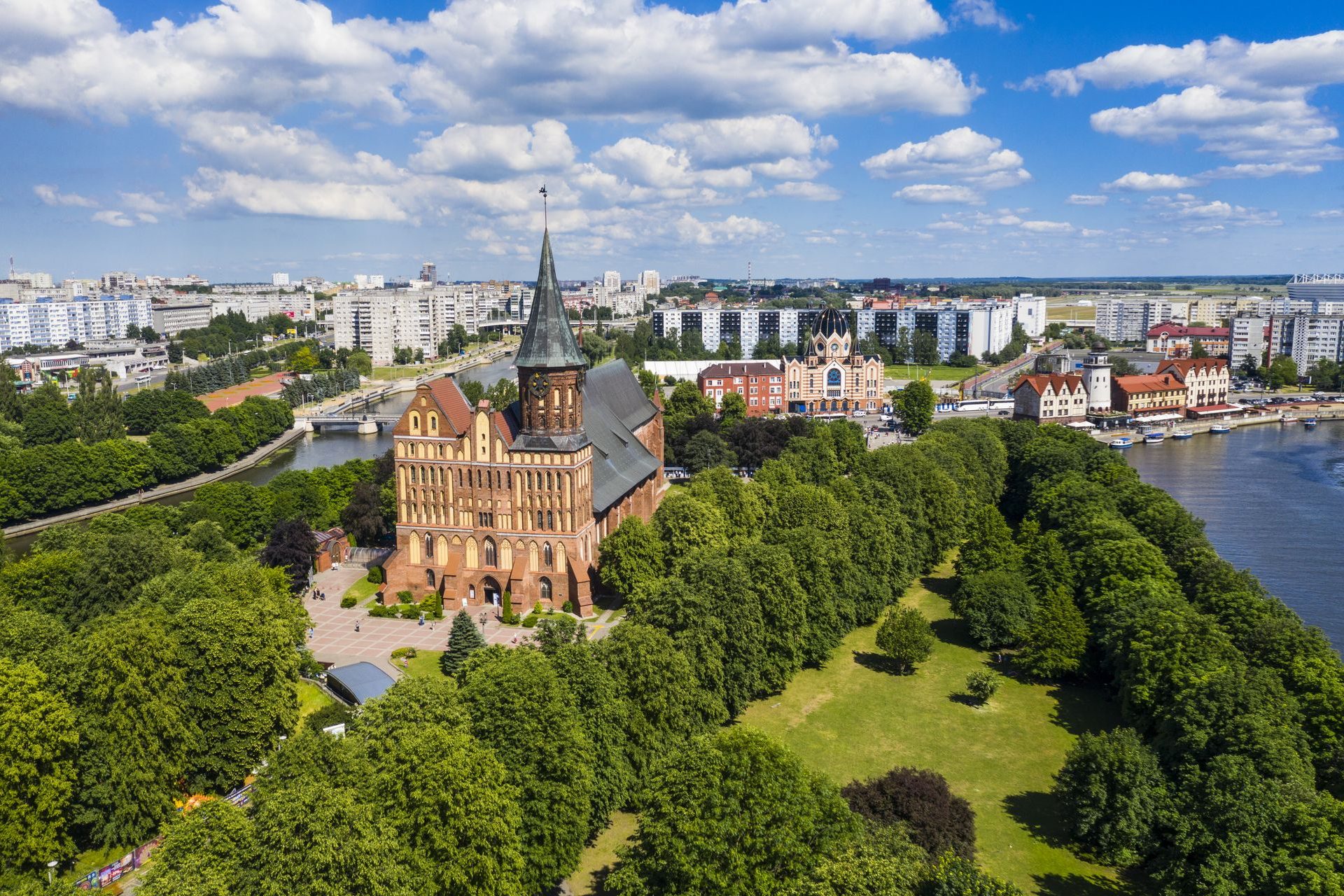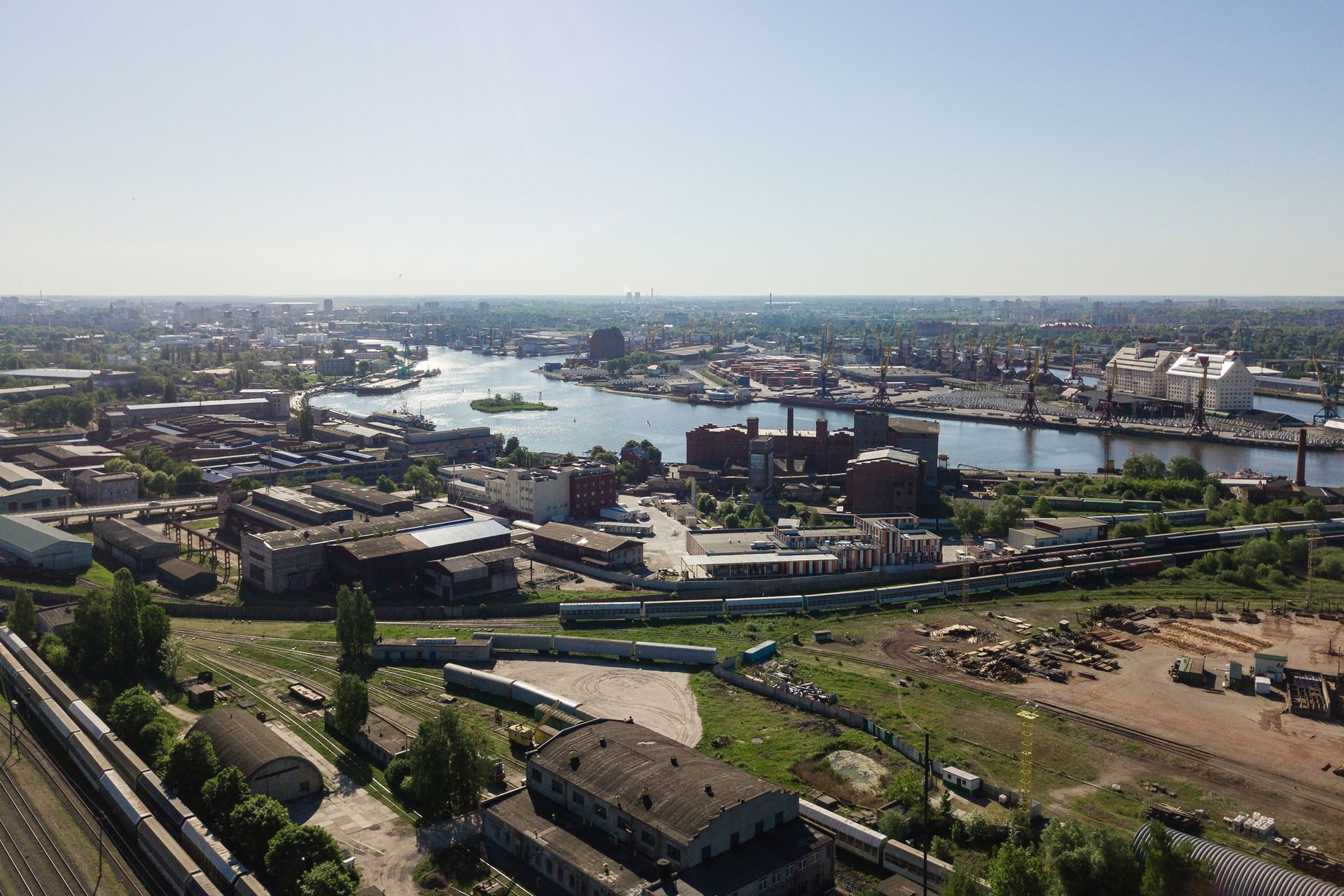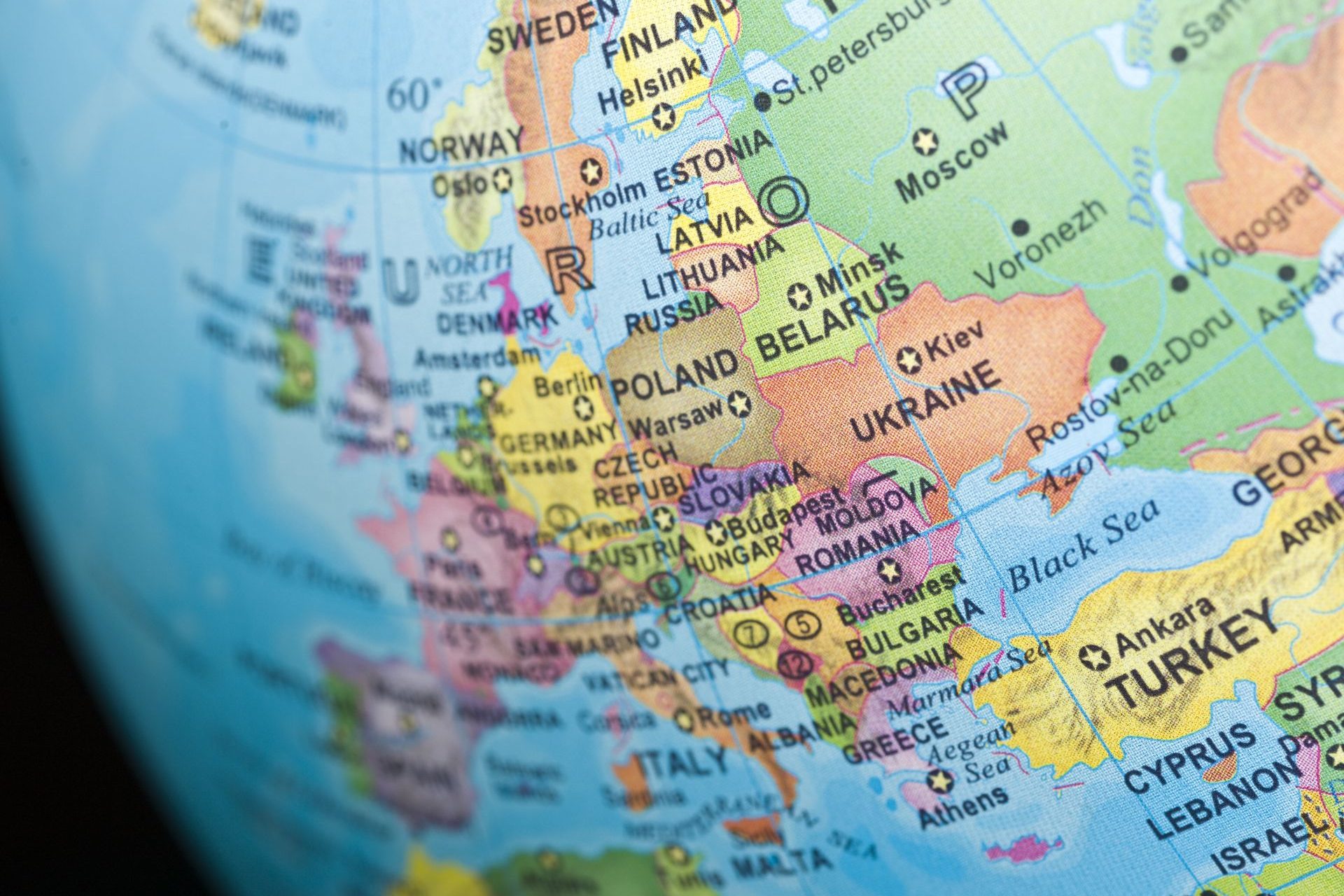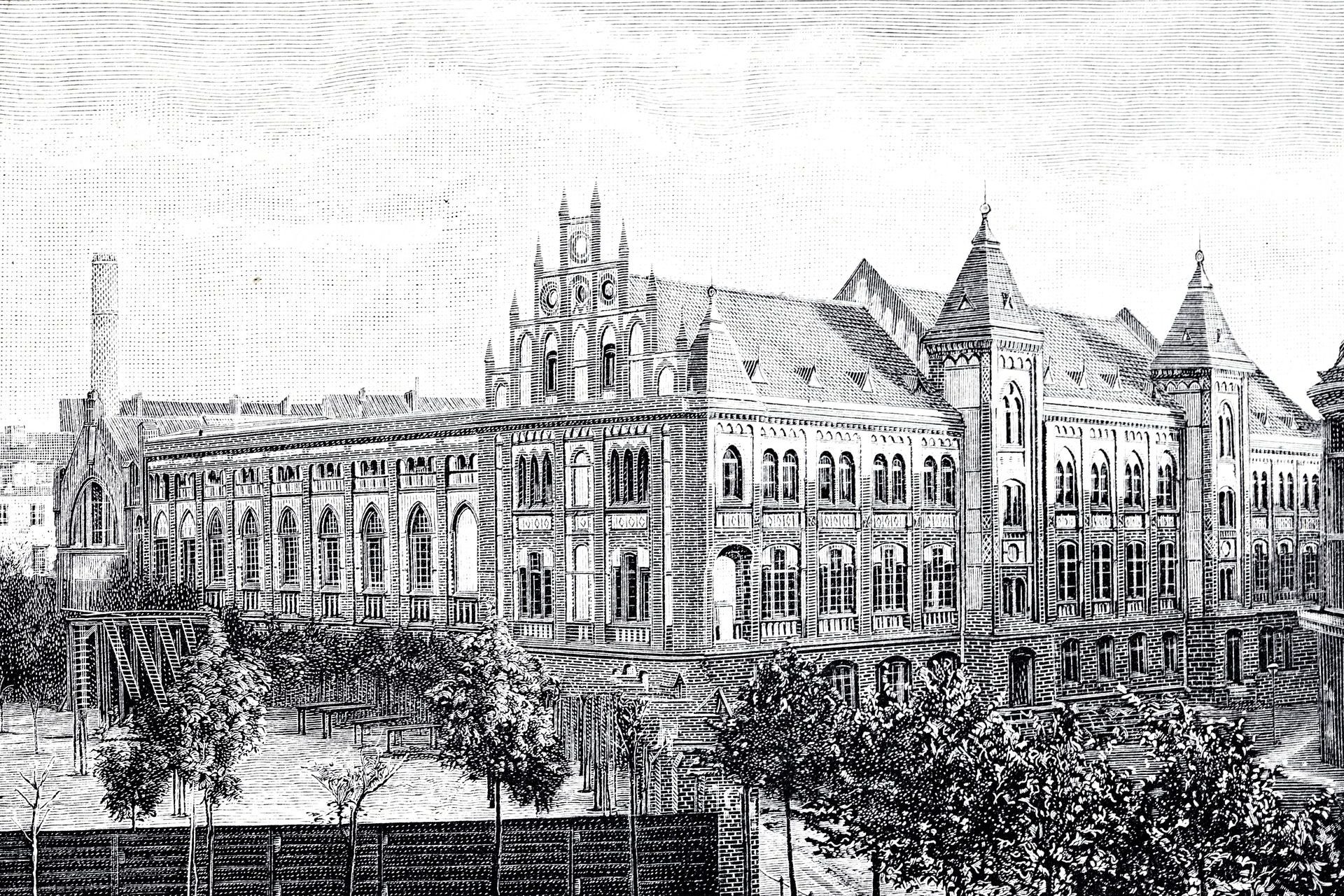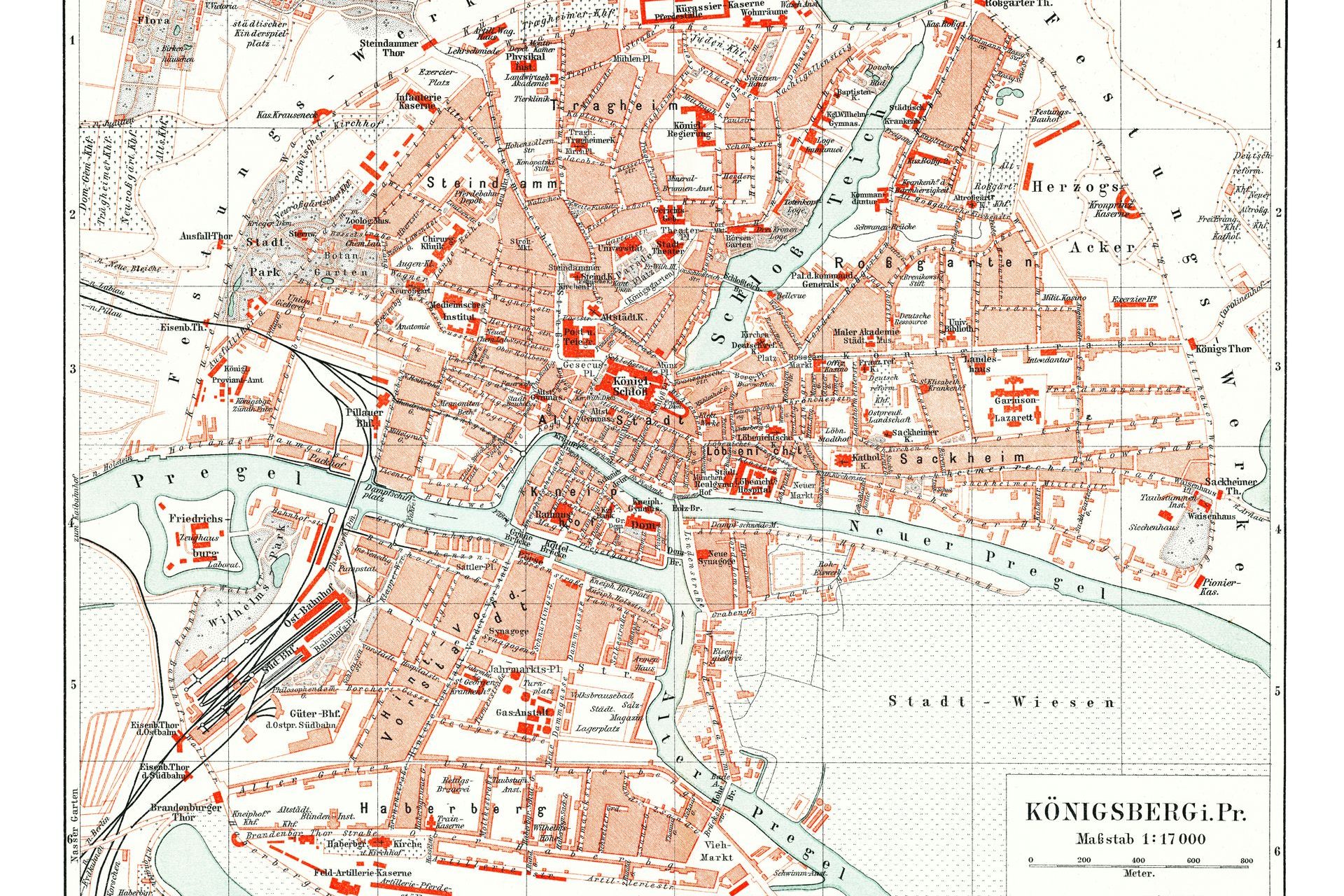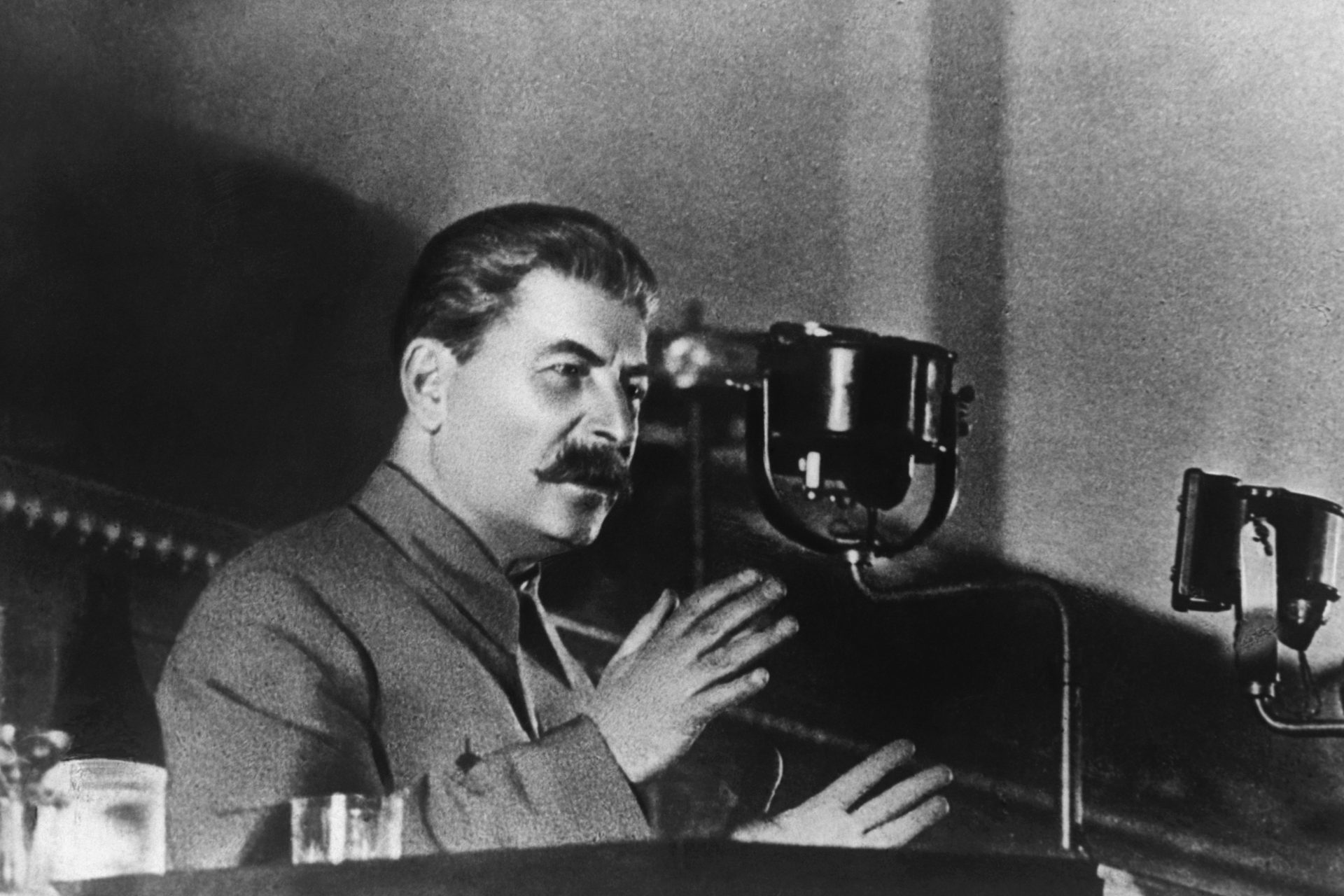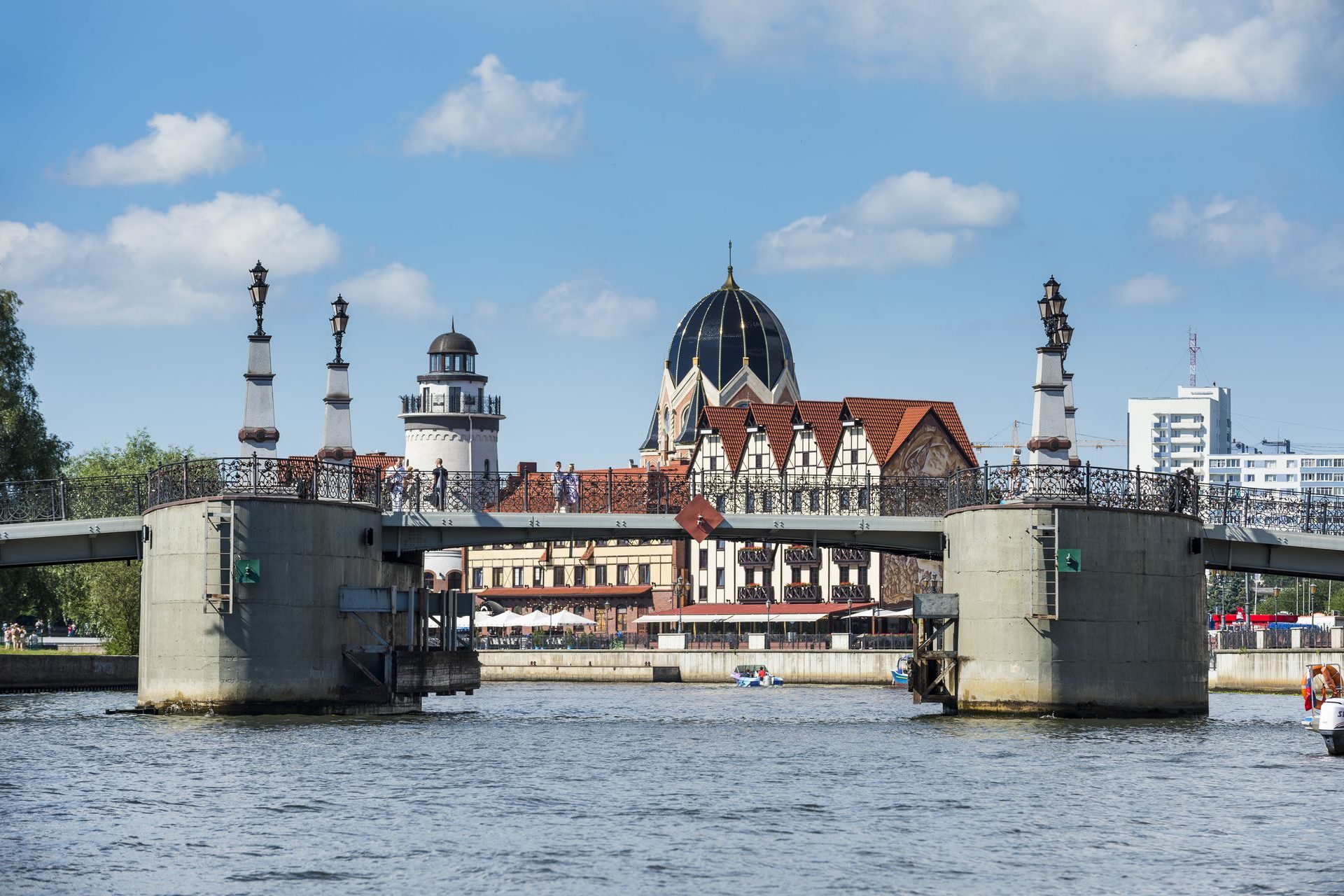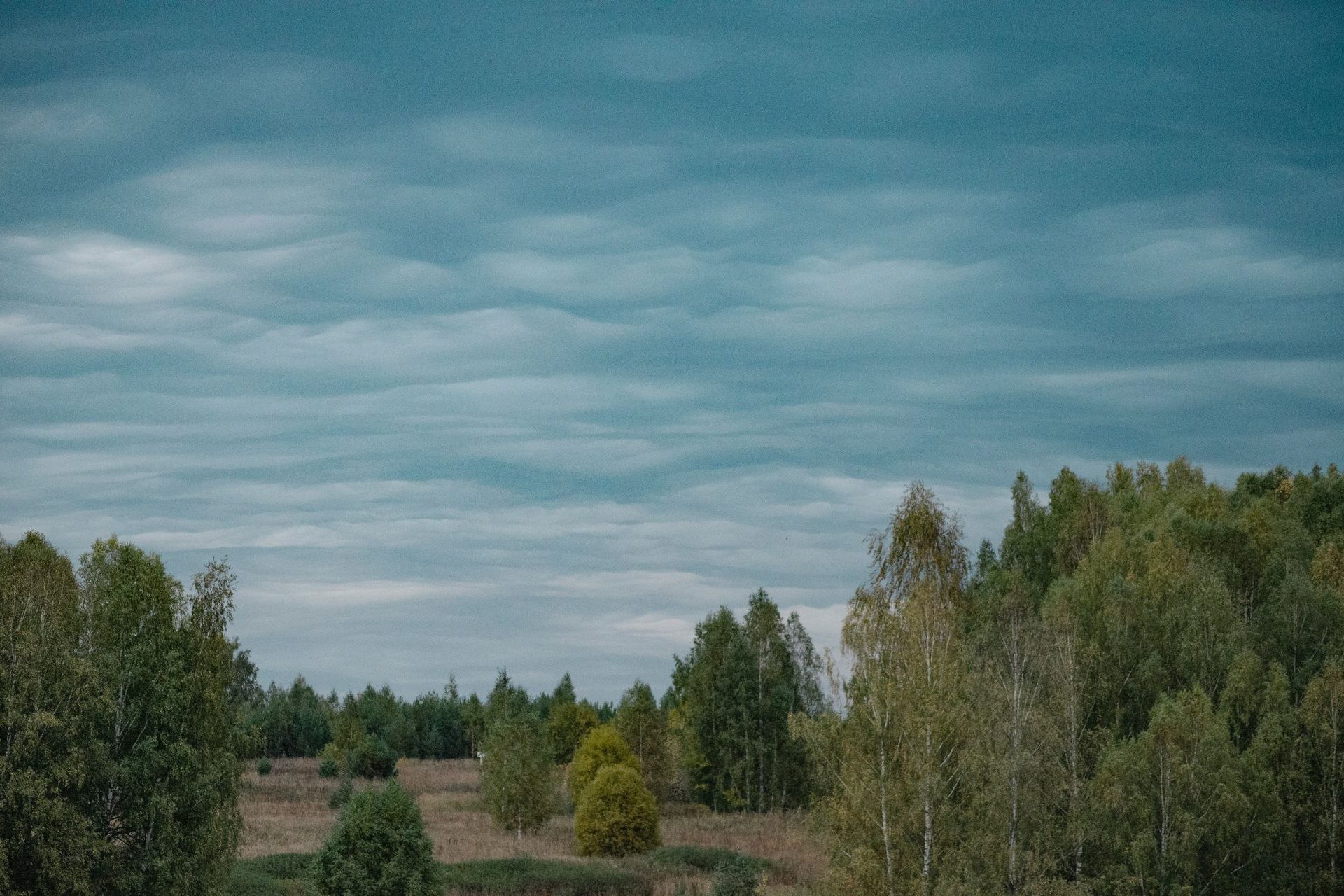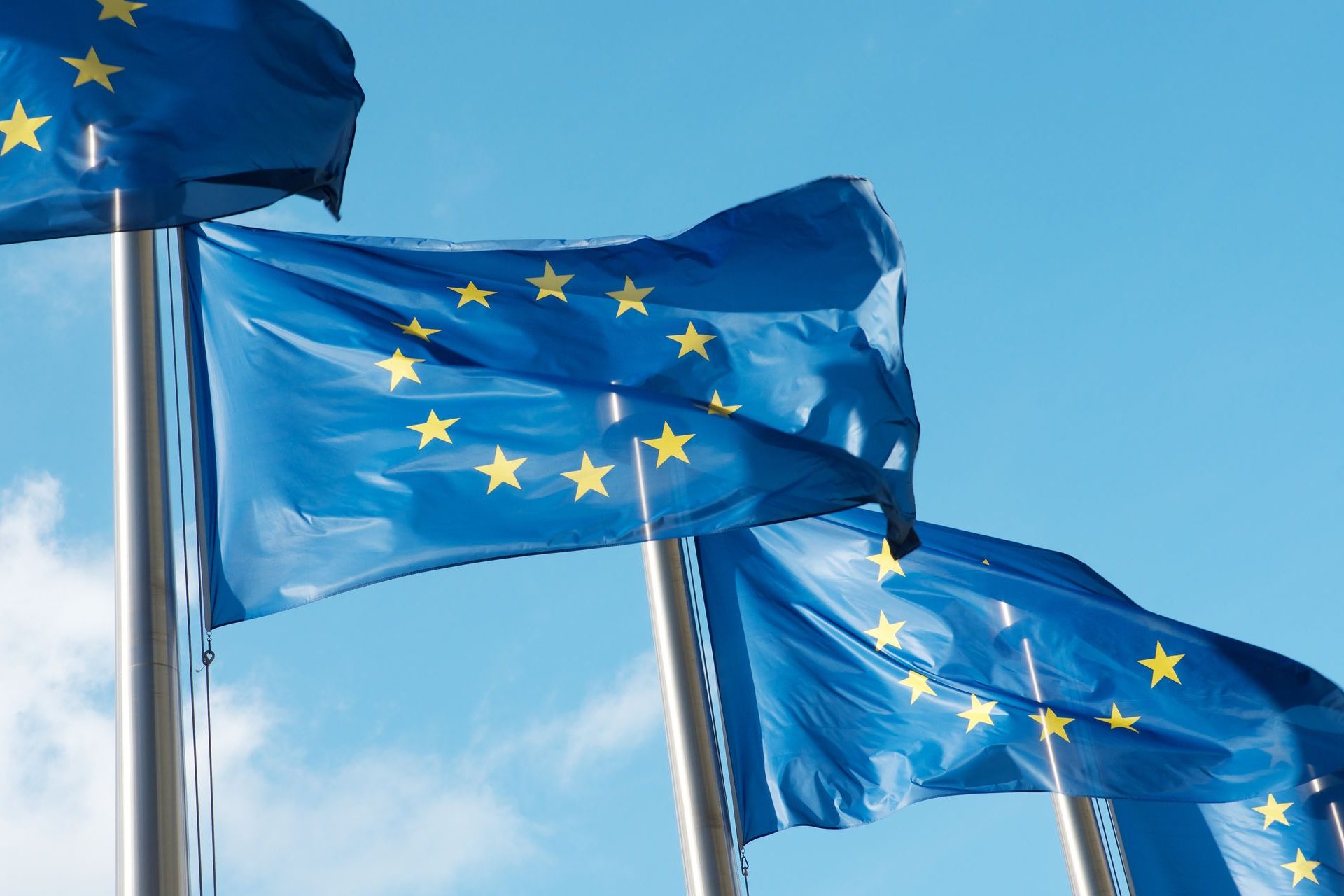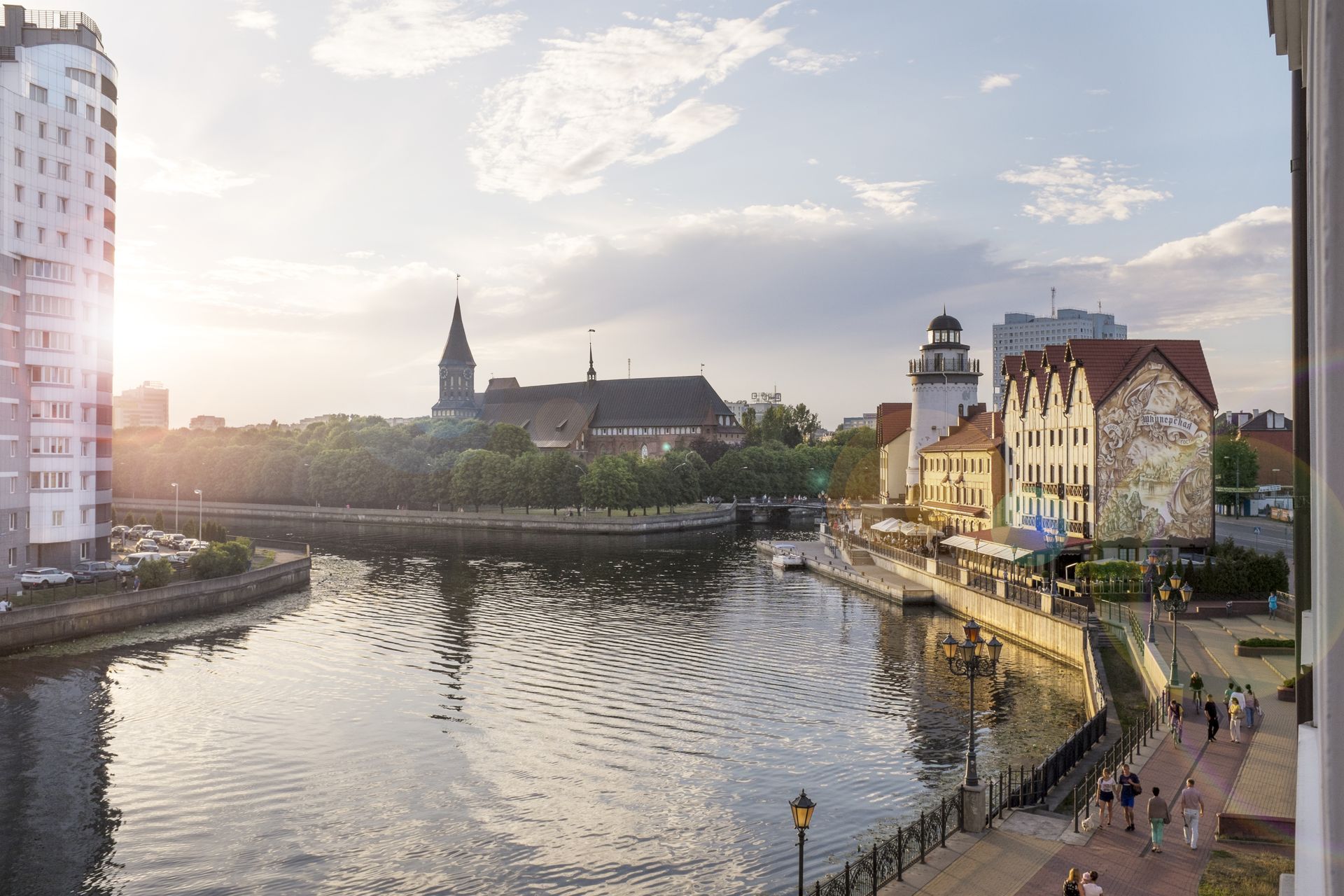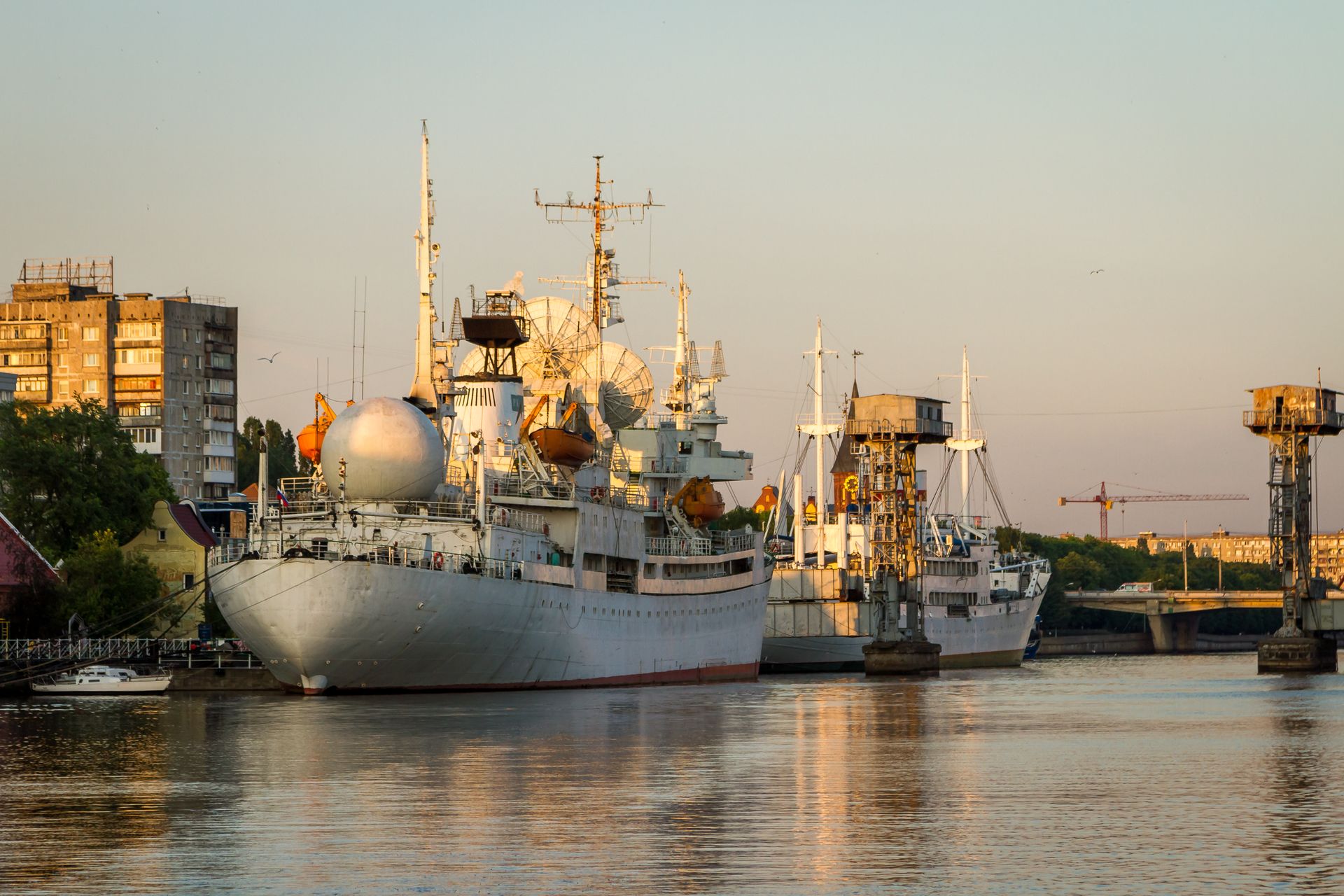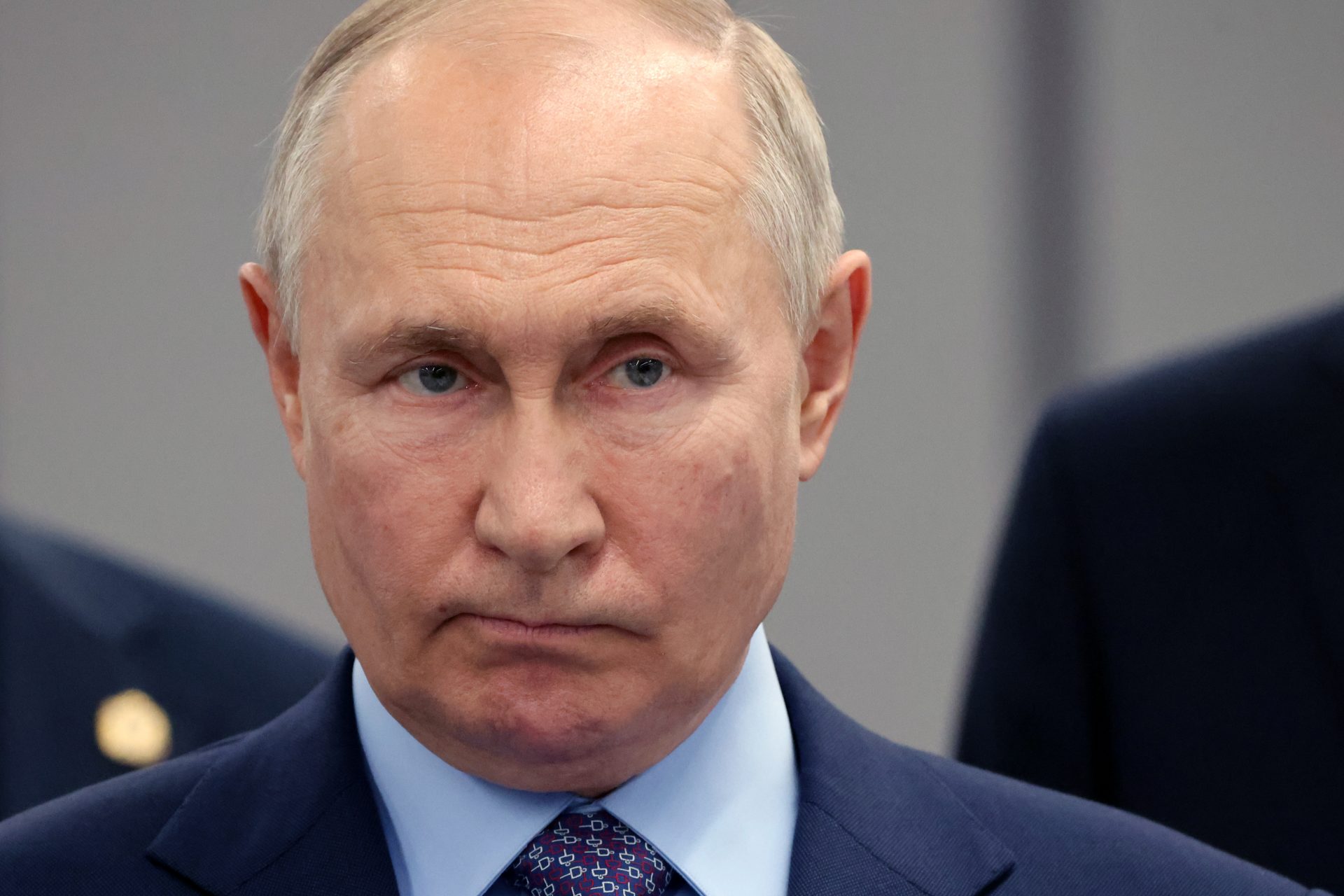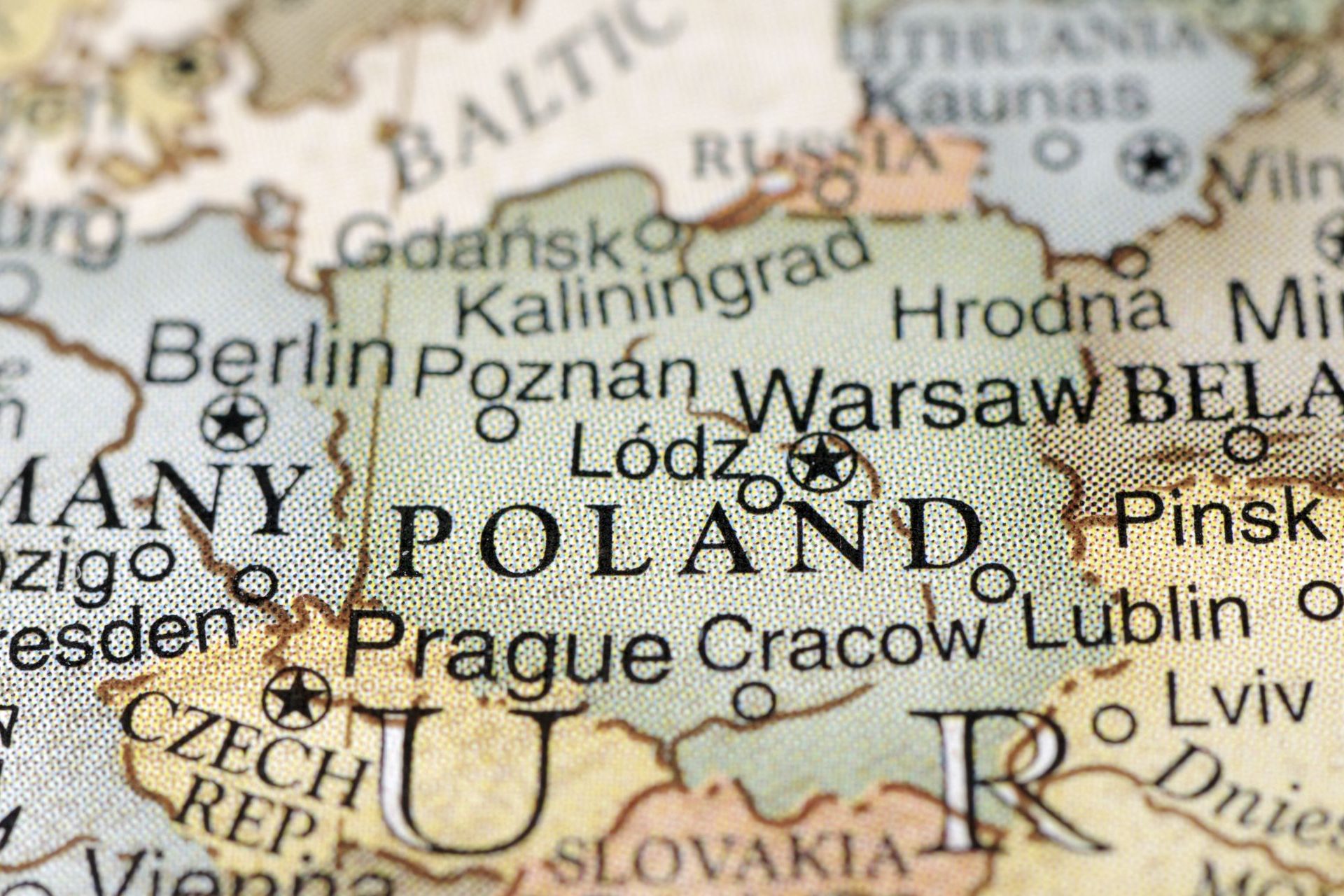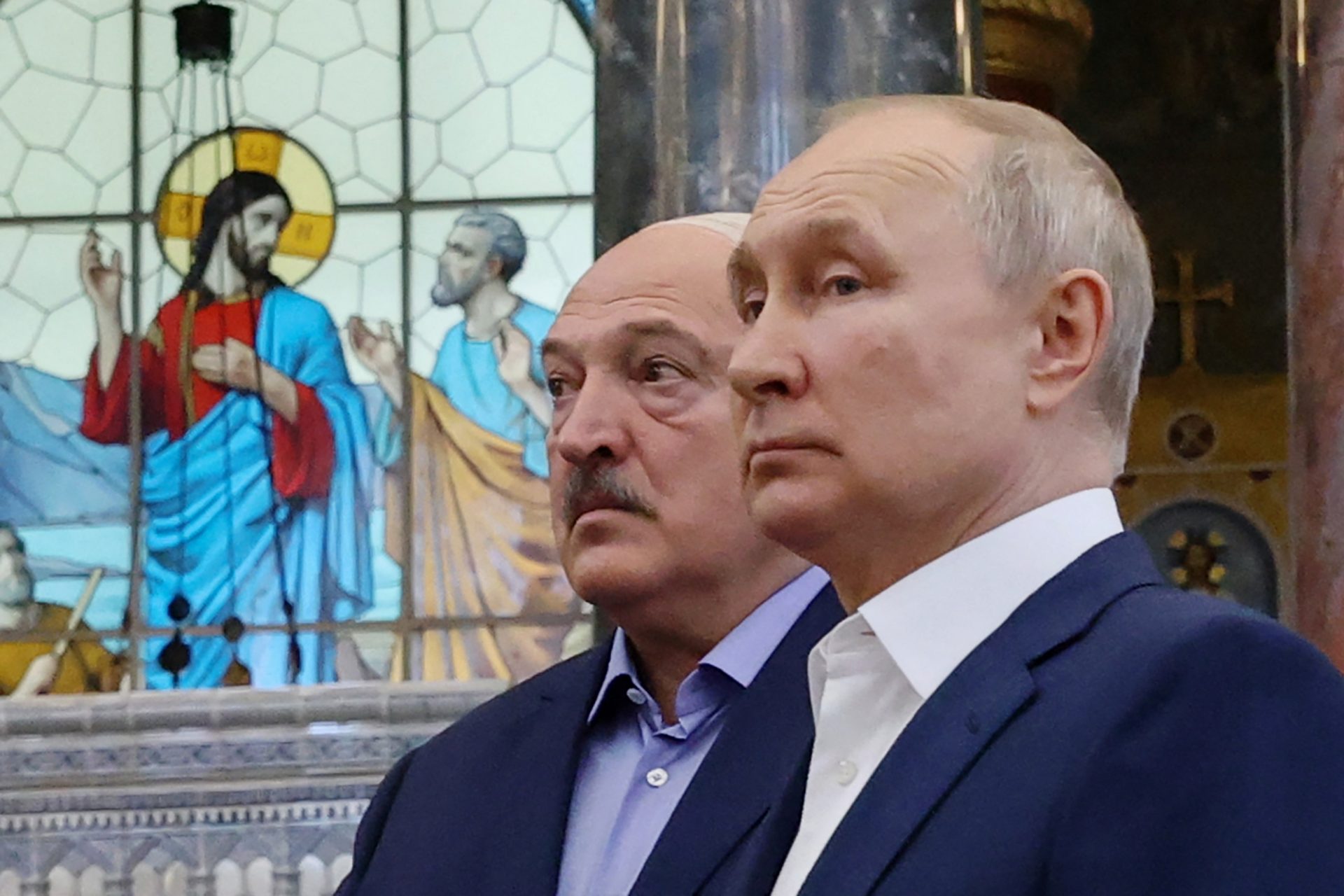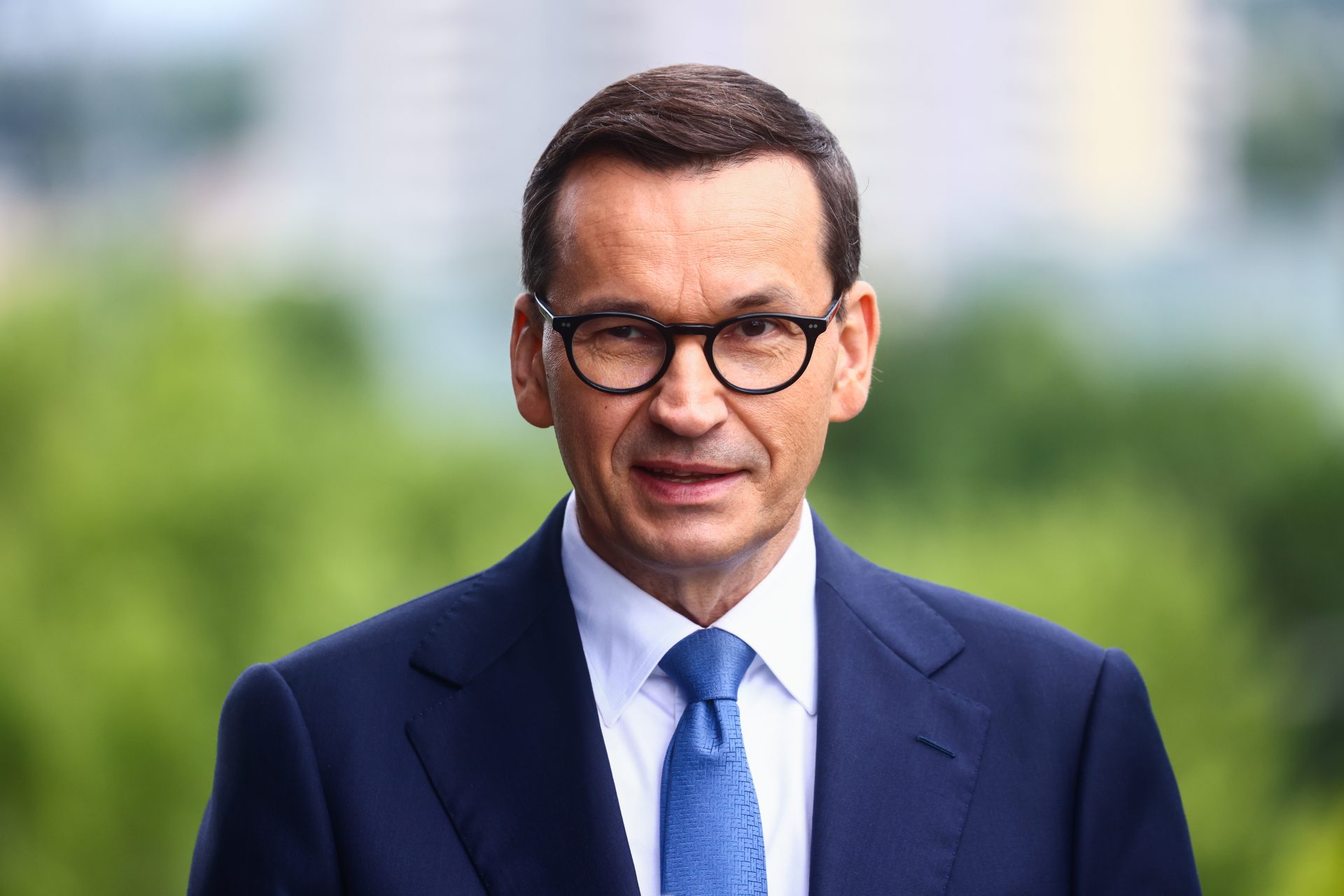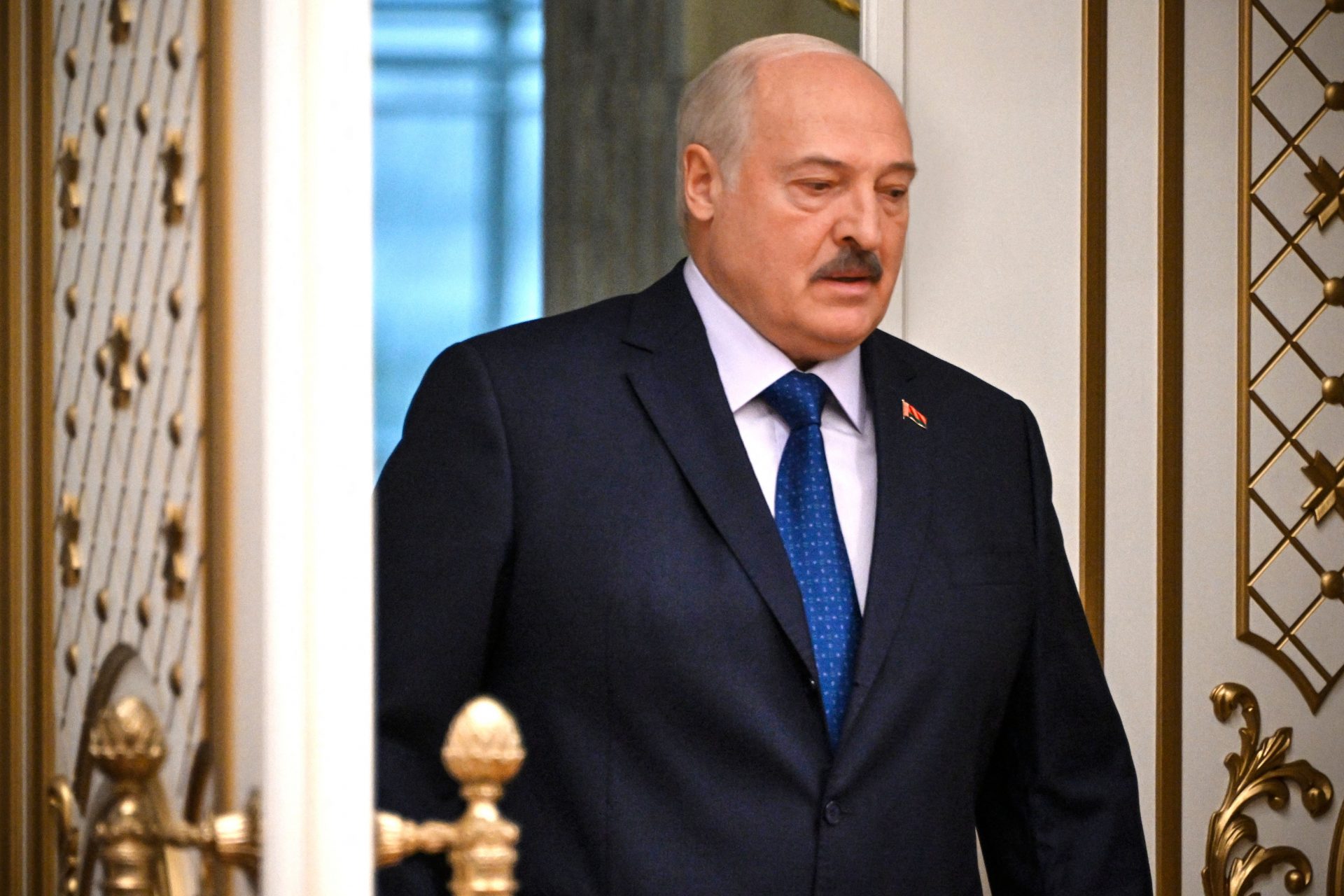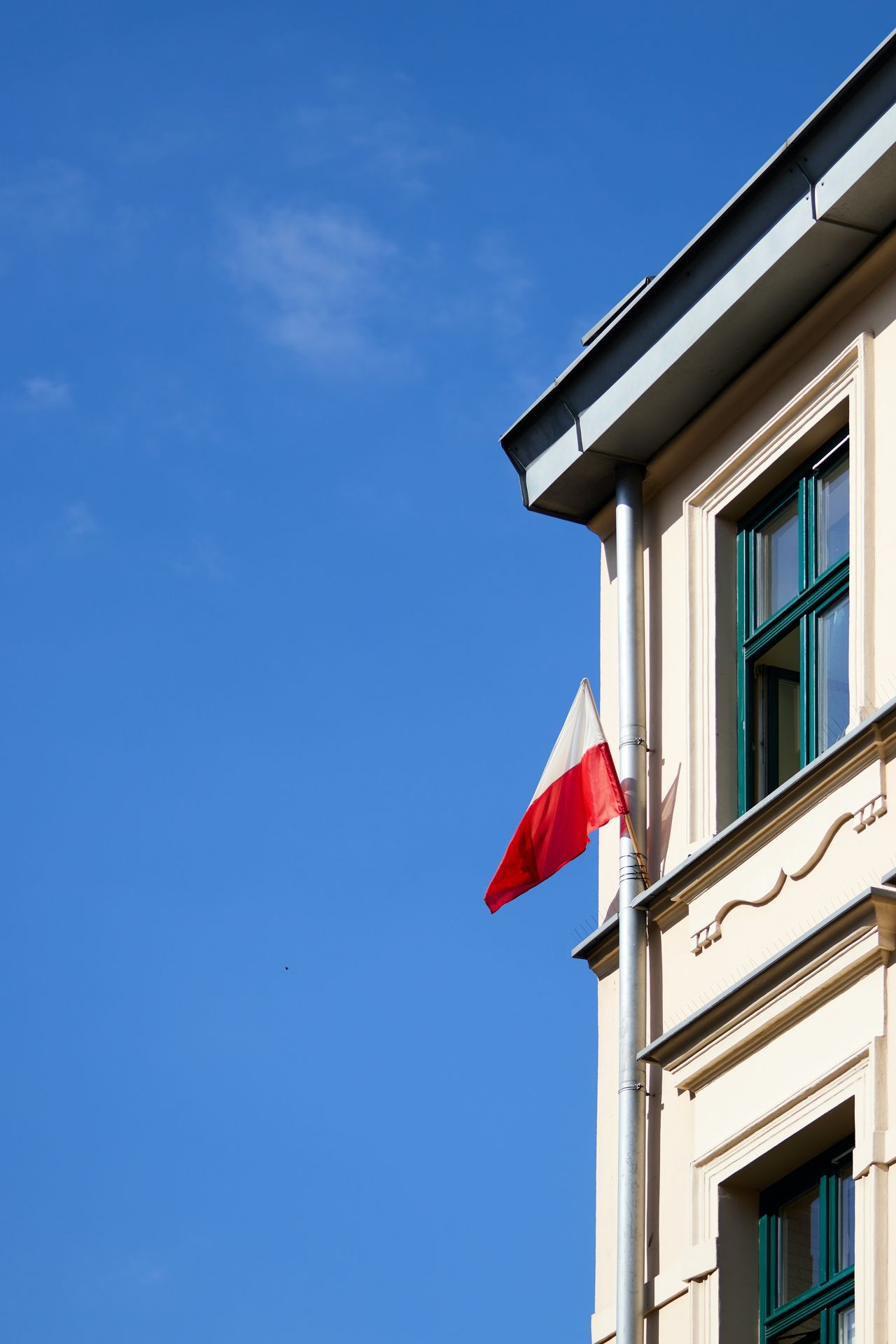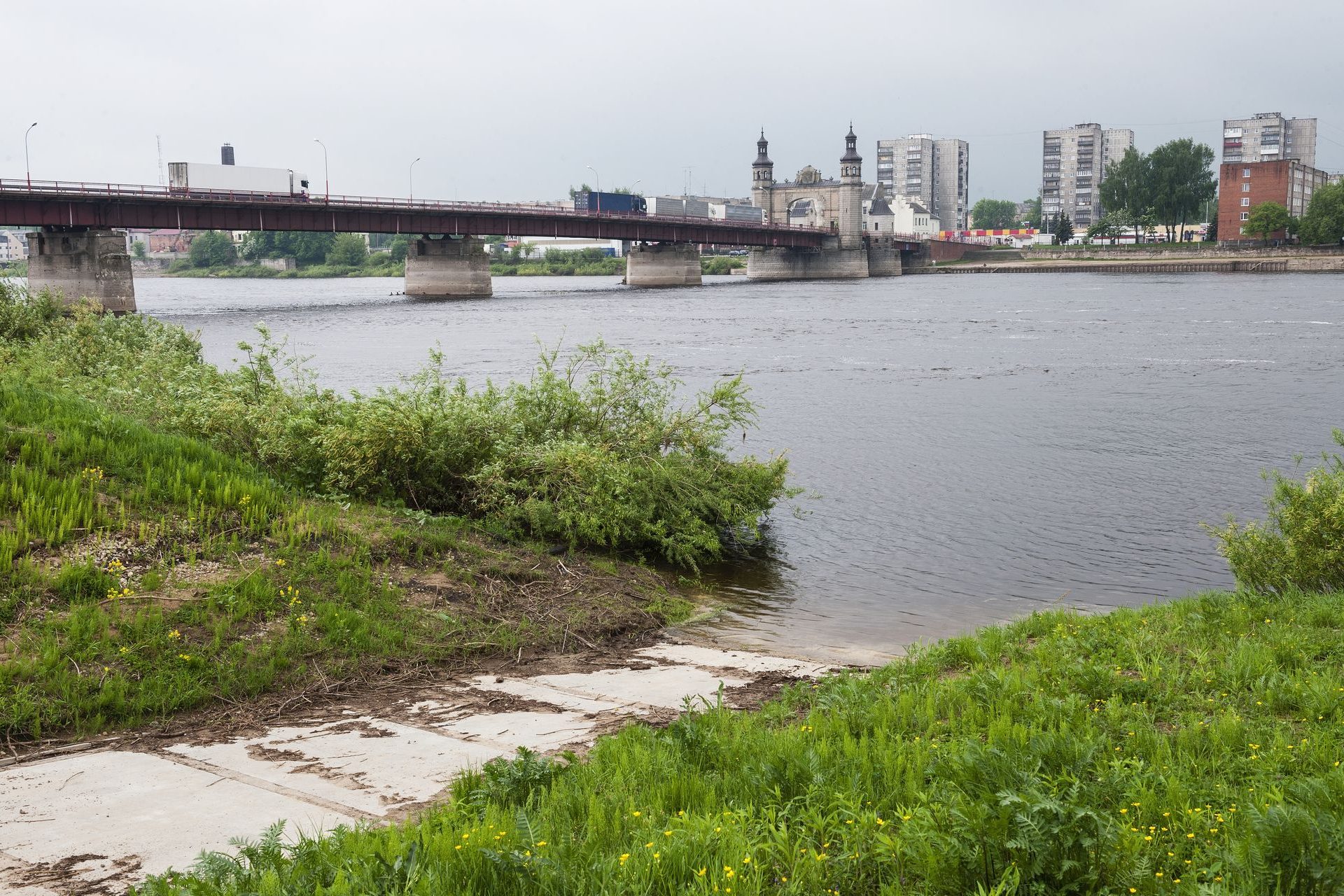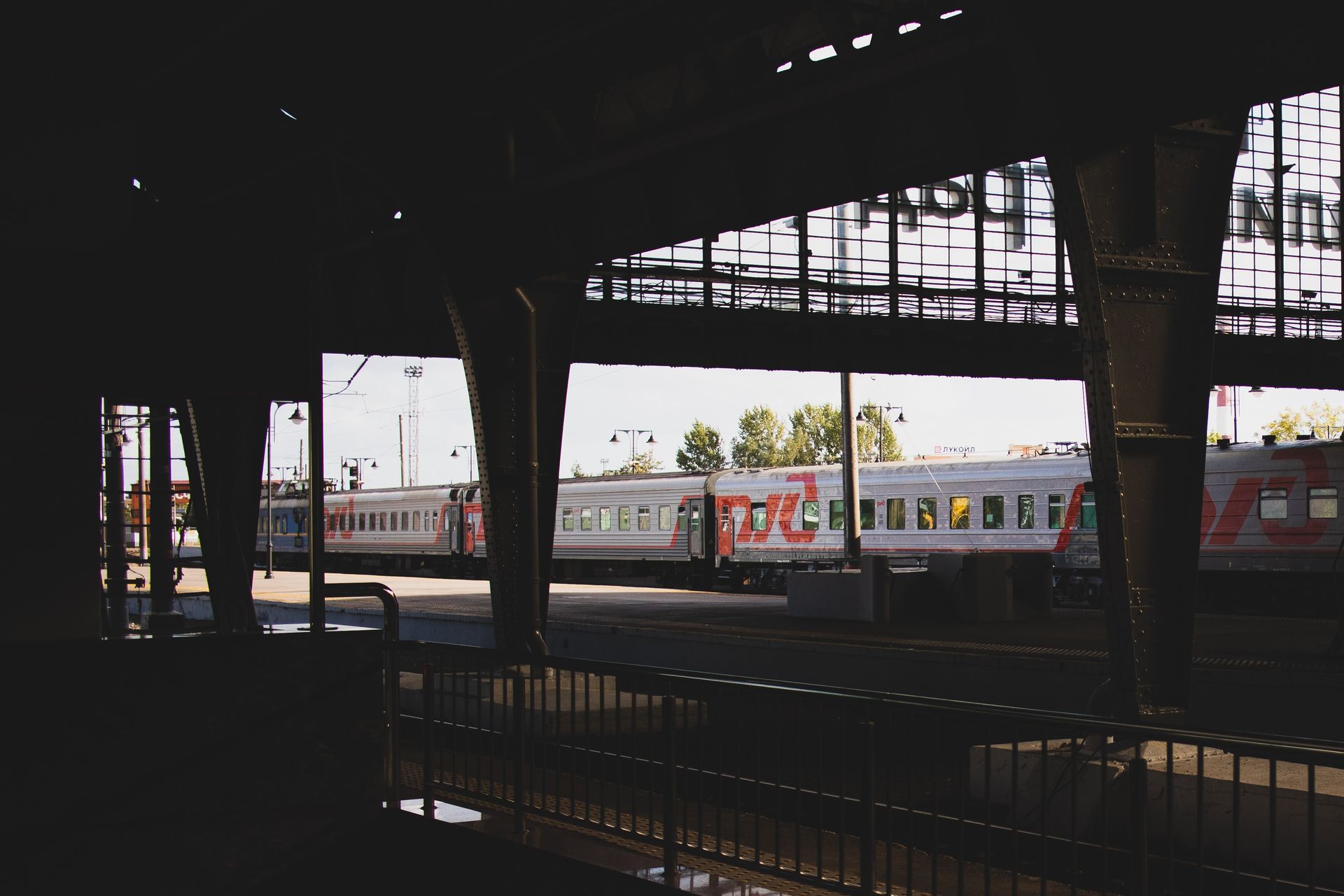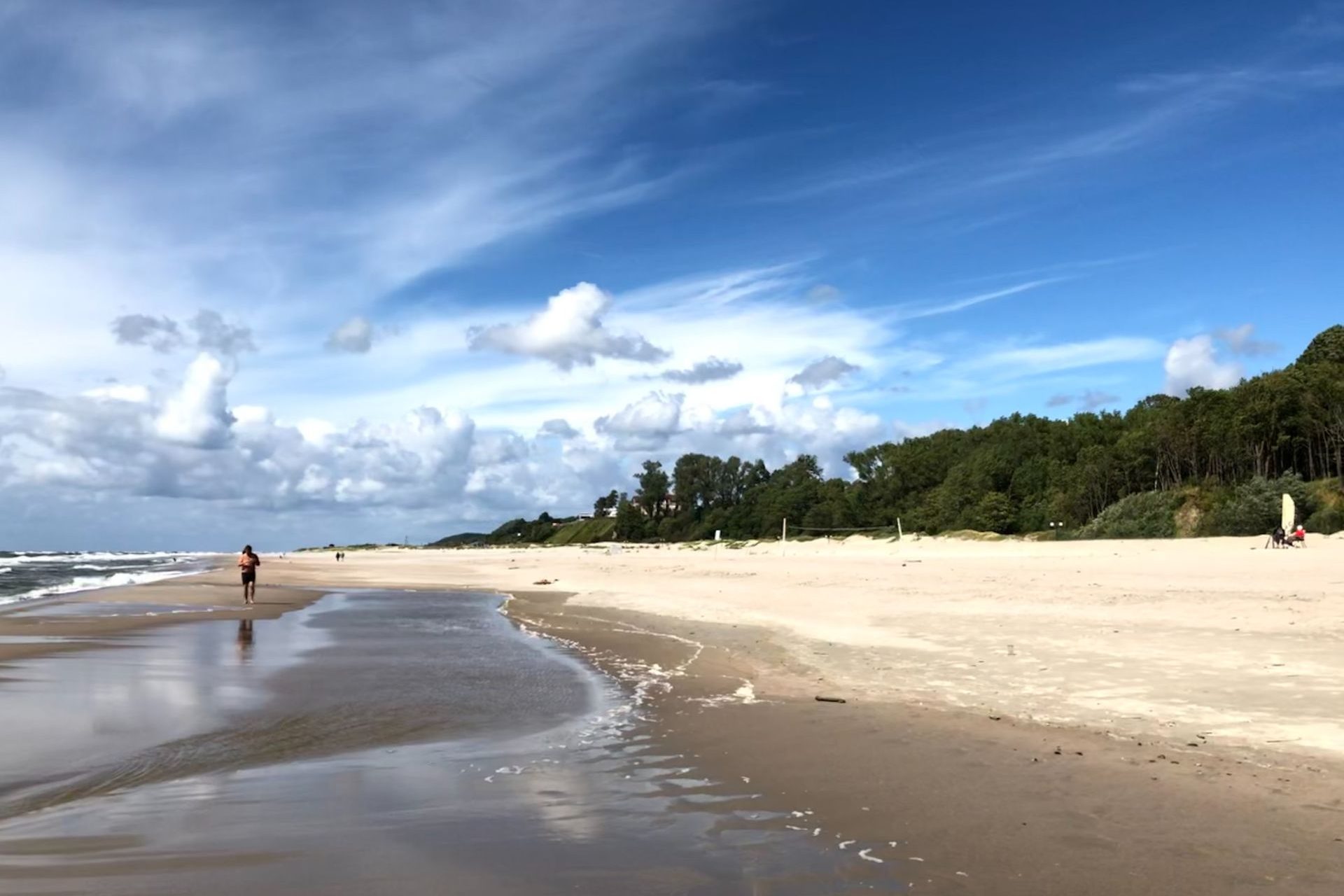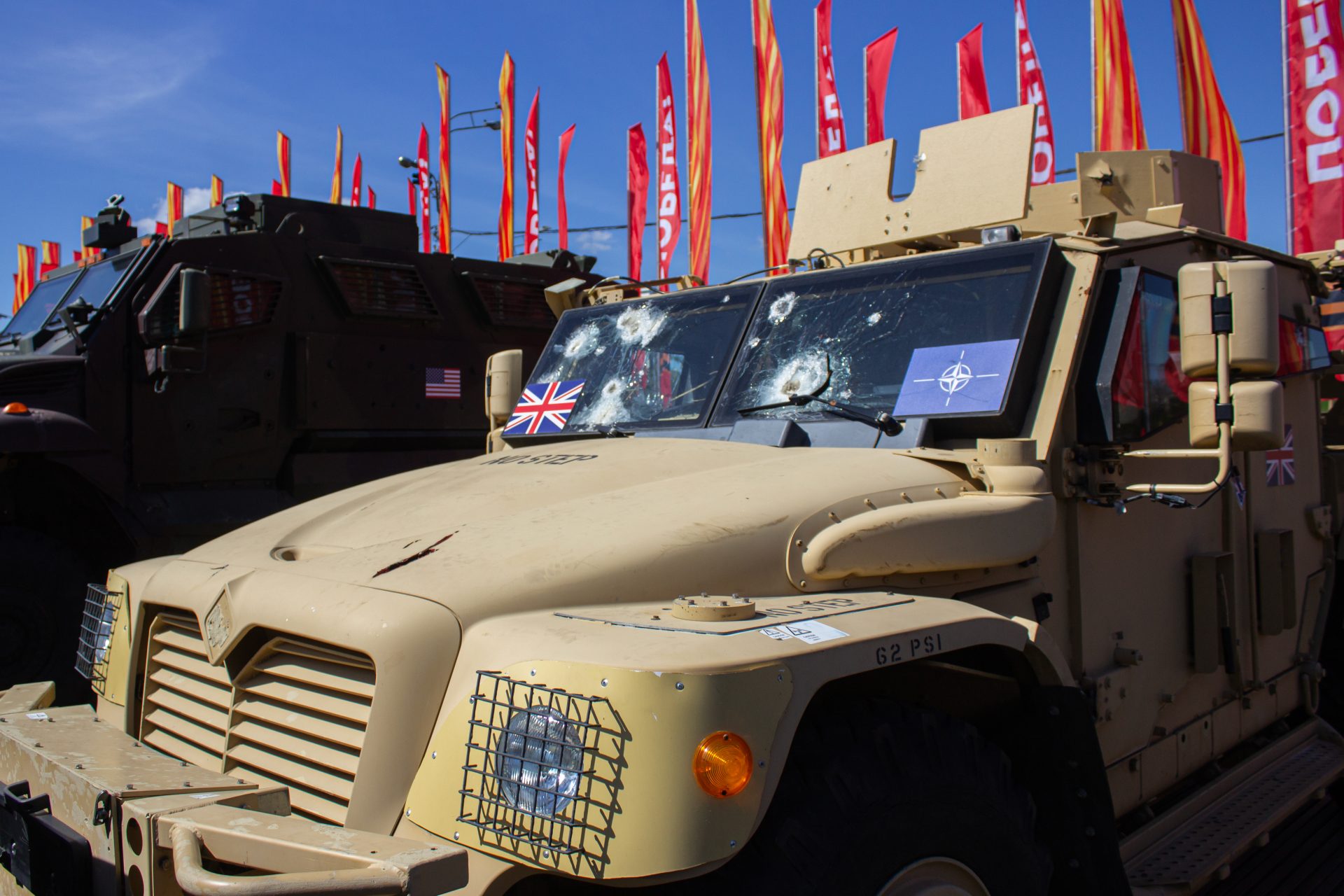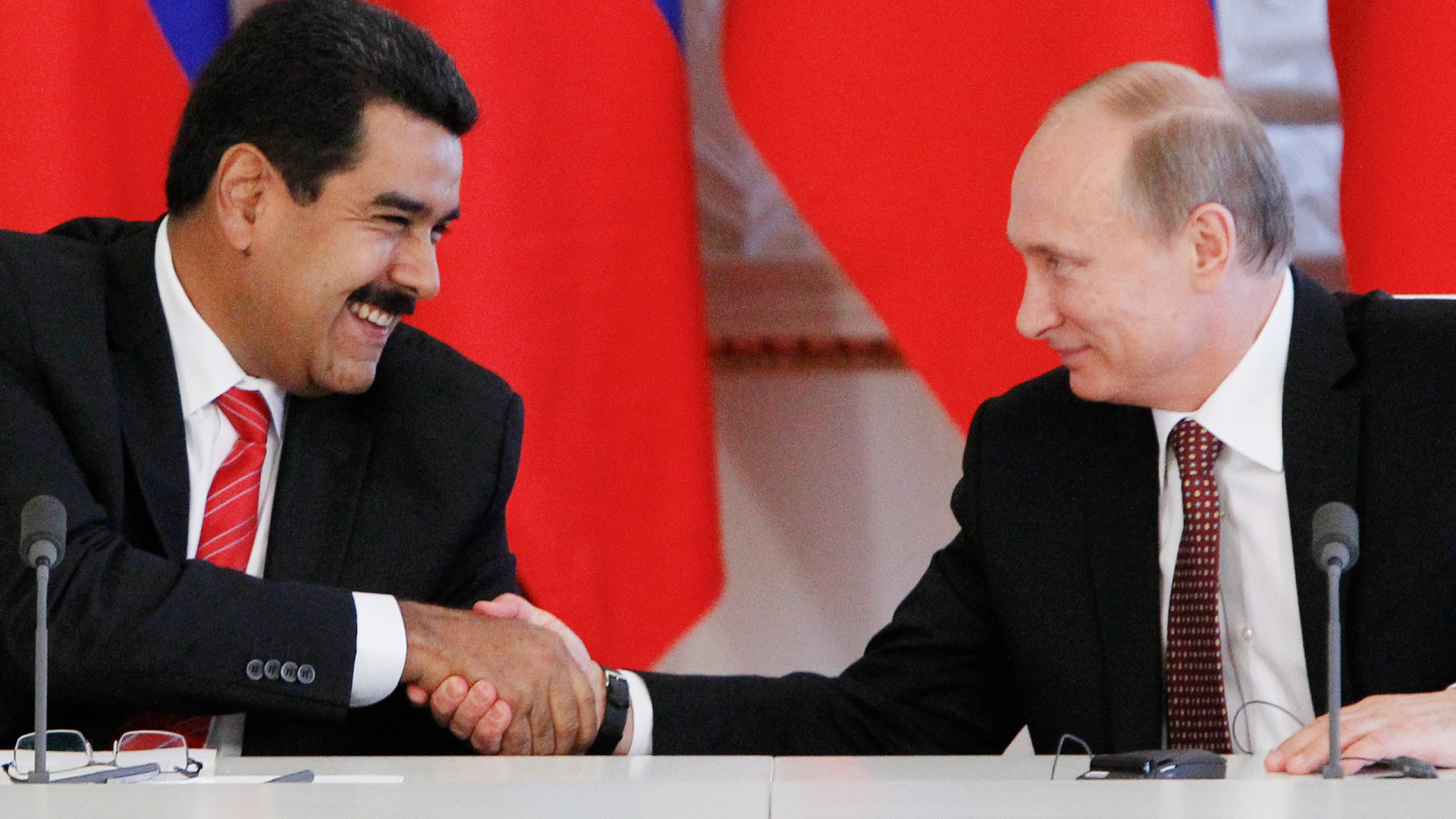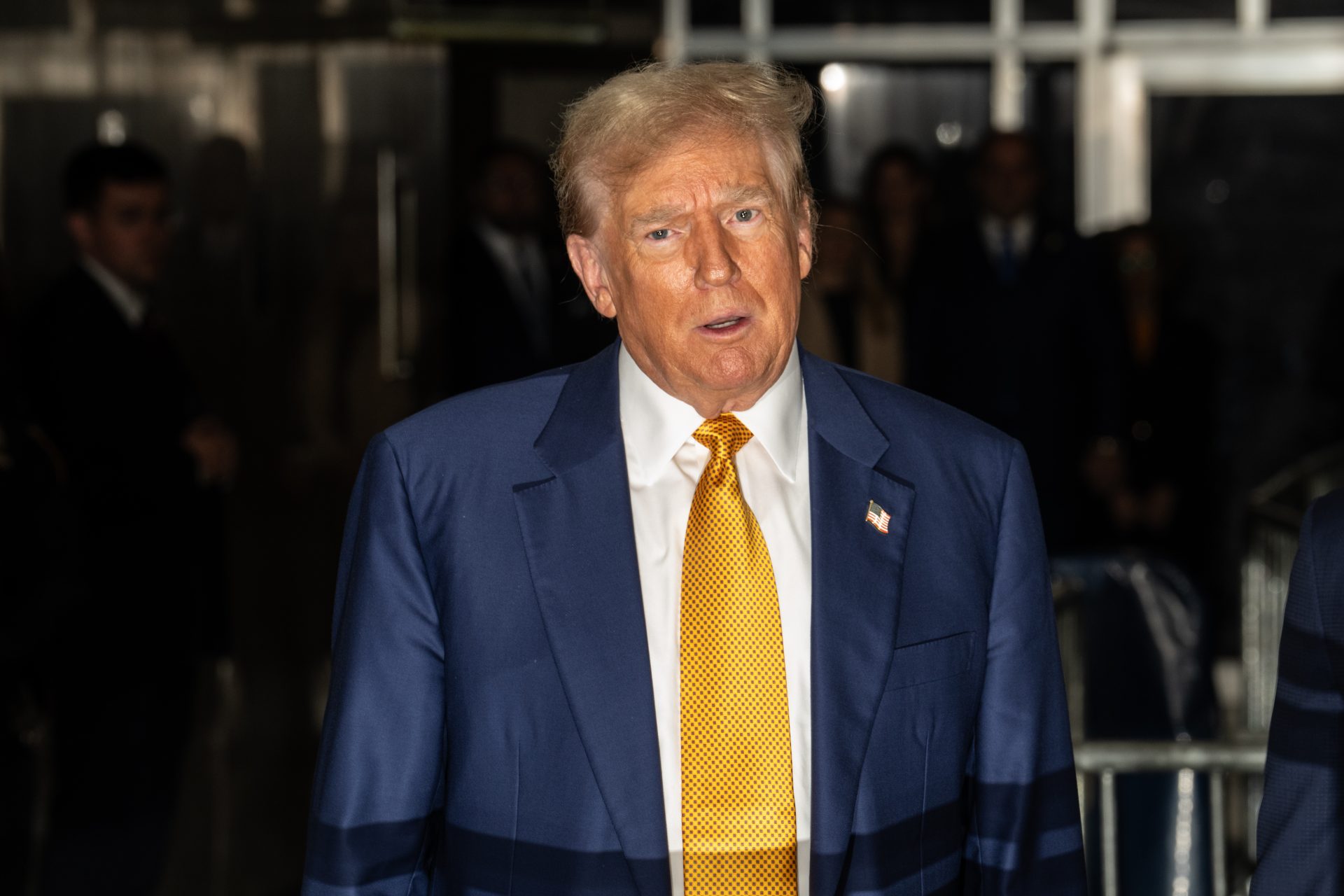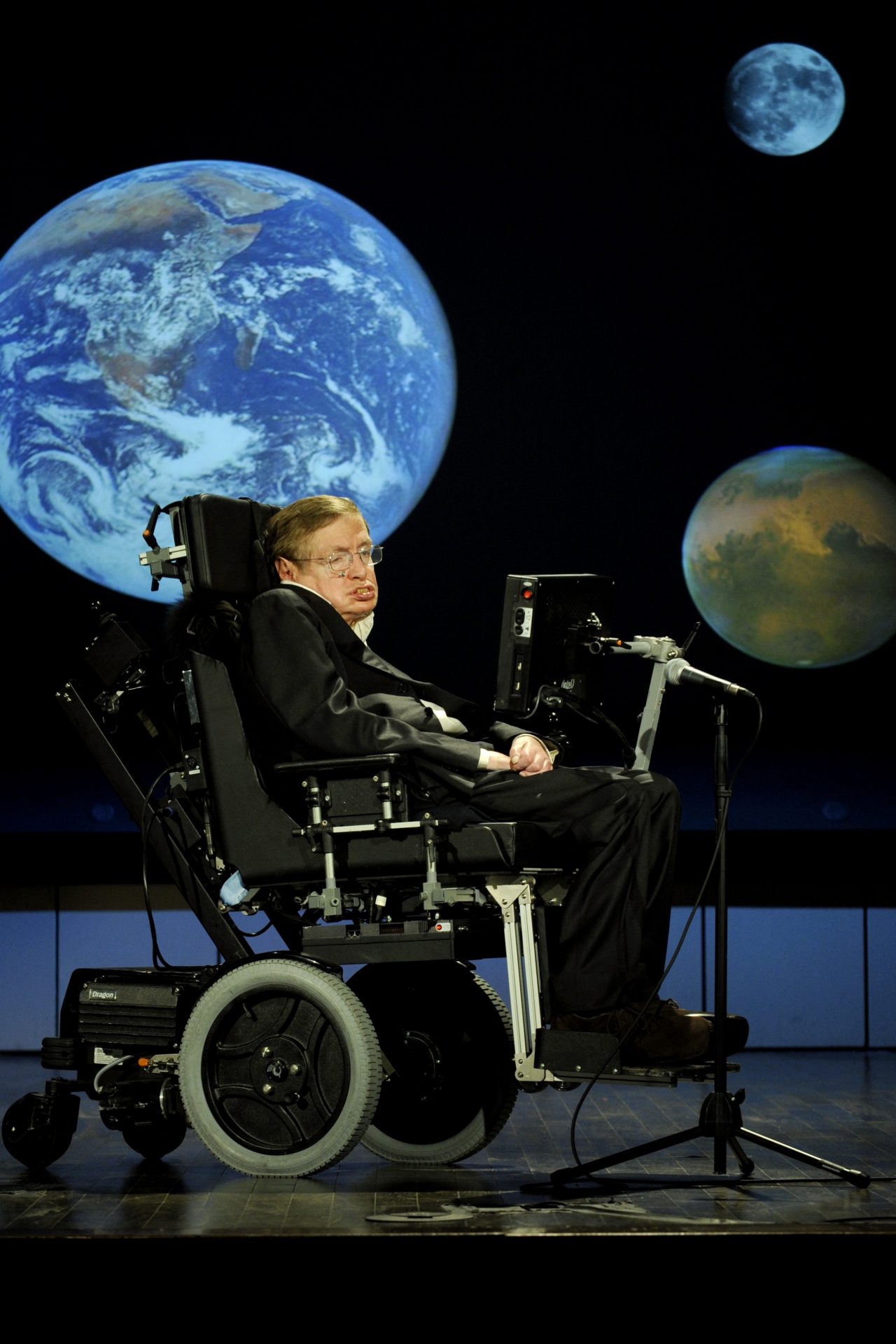Kaliningrad: the Russian exclave in Eastern Europe that is a thorn in NATO's side
You must have heard of Kaliningrad or noticed on a map this territory on the edge of the Baltic Sea, which does not seem to belong to any state. This is the exclave of Kaliningrad, a region that actually belongs to Russia.
Totally detached from the rest of the country, the Kaliningrad oblast (“district” in Russian) has a little over a million inhabitants spread over approximately 15,000 square kilometers.
Located between two member states of the European Union and NATO, Poland and Lithuania, Kaliningrad has particular strategic importance for Moscow. But what is the origin of this territorial division?
It was originally a colony established in the 13th century by the knights of the Teutonic Order. This conquest led to the Germanization and Christianization of the region, which then became Protestant.
The territory thus became East Prussia, the easternmost part of the Kingdom of Prussia, then of the German Empire.
For several centuries, the main city which is today called Kaliningrad, in Russian, bore its German name of Königsberg.
At the end of the Second World War, Stalin demanded and obtained from the Allies that this territory, long inhabited by Germans, pass directly under Soviet control.
The region was emptied of its German population when the USSR annexed it. But, as a report from 'Ouest France' points out, it has retained its Germanic architecture: "Here, no gray Soviet building blocks, nothing but red bricks. »
Everything changed with the breakup of the Soviet Union: a member of the Russian Federation, the Kaliningrad oblast, found itself cut off from the rest of the country by Lithuania, which had just acquired its independence.
@Denis Sorokin / Unsplash
This isolation was reinforced by the accession of the two neighbors, Lithuania and Poland, to NATO in 1999 and then to the European Union in 2004.
Long neglected by the new Russian power, the exclave of Kaliningrad even considered moving closer to Europe in the early 2000s.
“Some even spoke of a fourth Baltic state, and a political party was created," said Caroline Grimaud, a specialist in Russian geopolitics, quoted by 'Géo'.
Economically negligible, Kaliningrad today represents a strategic asset for Russia. A bridgehead during the Soviet era, the region has become a military territory again for around ten years.
Caroline Grimaud also recalls that the territory “welcomes the Russian Baltic Fleet as well as thousands of soldiers”.
But for the specialist, the main threat comes from the fact that there are “an unknown number of missiles with sufficient range to threaten Sweden, Finland, Germany, Poland, Lithuania, for example."
Therefore, this Russian arsenal in the heart of Eastern Europe constitutes an exceptional means of pressure for Moscow on other European states.
Furthermore, the anti-aircraft and anti-naval defence systems installed in Kaliningrad create a Russian defence bubble on the Baltic Sea. Enough to complicate Western intervention if Russia were to invade Poland or the Baltic countries.
The exclave of Kaliningrad is militarily supported by Belarus, which is separated by 65 kilometers of border between Poland and Lithuania: this is the “Suwalki corridor”, named after a Polish town in the region.
Russia and Belarus regularly create tensions in the region. An invasion of this corridor would cut off the Baltic countries from the rest of Europe, making it the weak point of the Western military system.
The head of the Polish government, Mateusz Morawiecki, paid a joint visit with the Lithuanian president to the 14th Polish anti-tank regiment in Suwalki, on the Belarusian border, on August 3. A few days earlier, two Belarusian helicopters had violated Polish airspace.
Quoted by 'France Culture', Morawiecki pledged that the two countries would “firmly defend the Polish borders against Lukashenko's provocations which he is certain will continue”.
Proof of Warsaw's firmness, Poland renamed the exclave of Kaliningrad in May 2023. It is now the Polish name of Krolewiec which will be used on the country's official maps and atlases.
@Jakub Pabis / Unsplash
And what do the local population think of the situation? 'Ouest France' noted that, despite the Kremlin's intense propaganda, residents of the Kaliningrad region also have access to Western media.
In Sovietsk, in the north of the oblast, the bridge which leads to Lithuania was closed in 2022. Interviewed by the regional daily, a resident recalls the time when “the Lithuanians came to fill up with gas at our place” and where “our people went sightseeing across the street”. “Now, even going to see relatives has become complicated," she regrets.
Tatiana, a retiree also interviewed by 'Ouest France', says that the region is not totally isolated: "We can still obtain transit visas to go to Russia by car, we can take the train, the plane."
@Frederic Köberl / Unsplash
But “Given the current context, it is better to take advantage of our region, our beaches and our forests,” adds the same person. Between geographical isolation and intense Russian military presence, the exclave of Kaliningrad is faces a very unique destiny.
@Timofei Ryazanov / Unsplash
More for you
Top Stories



